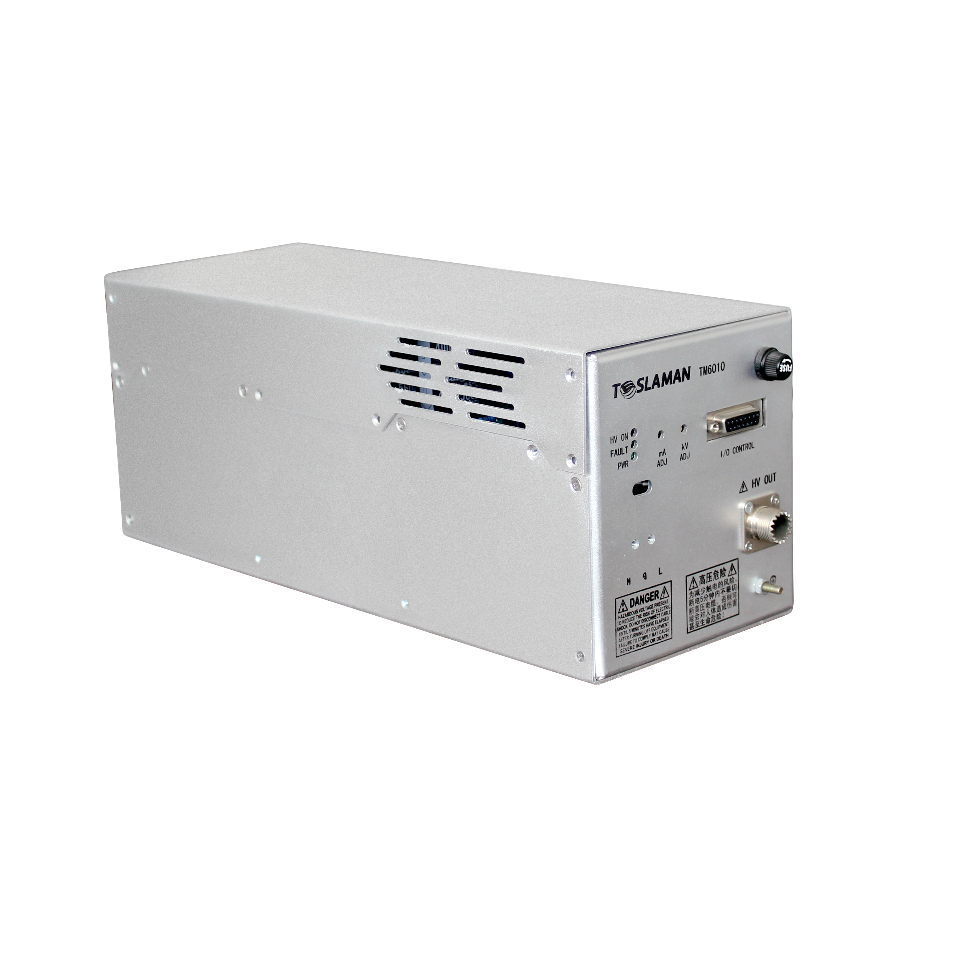The Critical Role and Technical Challenges of High-Voltage Pulse Power Supplies in Ultrasonic Cleaning
I. Introduction
With the rapid development of modern industry, the demand for cleaning technology is also increasing day by day. Among them, ultrasonic cleaning, as an efficient and environmentally friendly cleaning method, has been widely used in electronics, mechanics, medical and other fields. As the core component of the ultrasonic cleaning system, the performance of the high-voltage pulse power supply directly affects the cleaning effect. This article will discuss the critical role and technical challenges faced by high-voltage pulse power supplies in ultrasonic cleaning from a professional perspective.
II. The Critical Role of High-Voltage Pulse Power Supplies
1. Improving Cleaning Efficiency
High-voltage pulse power supplies can generate high-power, high-frequency pulse voltages, which drive the transducer to produce strong ultrasonic vibrations. These vibrational energies are rapidly transmitted to the cleaning liquid, forming tiny bubbles that burst quickly, generating a powerful impact force, and thus effectively removing dirt from the surface of the workpiece. Compared with traditional direct current or low-frequency alternating current power supplies, high-voltage pulse power supplies can significantly improve cleaning efficiency.
2. Enhancing Cleaning Capability
By adjusting the output parameters of the high-voltage pulse power supply, such as pulse width and repetition frequency, precise control of cleaning energy can be achieved. This enables the high-voltage pulse power supply to perform personalized cleaning for workpieces of different materials and dirt types, thereby enhancing cleaning capability.
3. Energy Saving and Environmental Protection
High-voltage pulse power supplies have high conversion efficiency and low power consumption, which can reduce energy waste. At the same time, since they produce low electromagnetic radiation and noise, they are beneficial to environmental protection and the health of operators.
III. Technical Challenges
1. Stability and Reliability
During operation, high-voltage pulse power supplies need to withstand high voltage and large current shocks, which pose strict requirements for the stability and reliability of the power supply. To ensure the long-term stable operation of the power supply, advanced circuit design and manufacturing processes must be adopted, along with enhanced heat dissipation measures.
2. Output Waveform Control
The output waveform of the high-voltage pulse power supply directly affects the ultrasonic cleaning effect. The ideal output waveform should have a steep leading edge, stable amplitude, and precise repetition frequency. However, in practical applications, due to factors such as component parameter differences and circuit parasitic effects, the output waveform is often difficult to achieve the ideal state. Therefore, how to achieve precise output waveform control is an important technical challenge.
3. Safety Protection
During operation, high-voltage pulse power supplies pose safety hazards such as electric shock and electric arc. To ensure the safety of operators and equipment, strict safety protection measures must be taken, such as using insulating materials, setting safety distances, installing overcurrent protection devices, etc.
4. Intelligence and Automation
With the advancement of science and technology, higher requirements have been placed on the intelligence and automation level of high-voltage pulse power supplies. By introducing advanced control algorithms and sensor technology, functions such as remote monitoring, fault diagnosis, and automatic adjustment of the power supply can be realized, thereby improving the overall performance and automation level of the cleaning system.
IV. Conclusion
In summary, high-voltage pulse power supplies play a critical role in ultrasonic cleaning, and their performance directly affects the cleaning effect. However, in practical applications, high-voltage pulse power supplies also face technical challenges such as stability and reliability, output waveform control, safety protection, and intelligence and automation. In the future, with the continuous development and innovation of related technologies, it is believed that these challenges will be effectively addressed, and the application prospects of high-voltage pulse power supplies in the field of ultrasonic cleaning will be even broader.




















